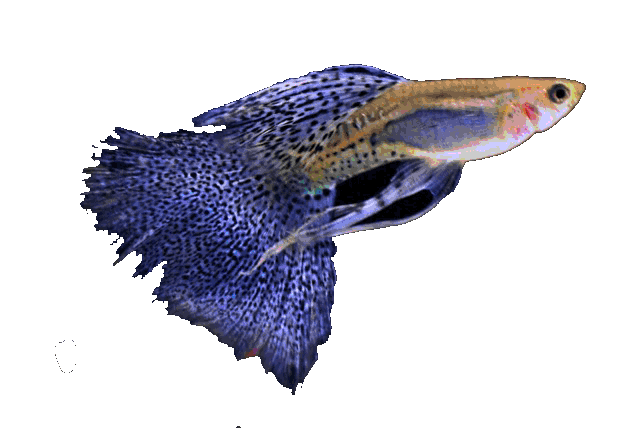



Basic data:
Scientific name: Nomorhamphus brembachi (Vogt, 1978)
Interpretation of words: Nomorhamphus (no = incandescent , rhamphos = beak )
Slovenian name:
Group: Livebirds
Source: island Sulawesi , Southwest
Size: up to 5 cm
Biotope / habitat : Sulawesi, rainforests
Social behavior:
Nutrition: Food on the surface (fleas, algae, insects, ...)
Cultivation: Moderately difficult
Aquarium: Minimum 50 liters
Population: group per 50 liters of water
Decoration: Floating plants
Temperature: 24-28 ° C
pH: 6.5-8
Hardness: from 5 ° dGh to 10 ° dGh
Lifespan: 5-6 years
Synonyms
Nomorhamphus brakes
Nomorhamphus australis / Brembach, 1991
Nomorhamphus ravnaki australe / Brembach, 1991
Kingdom: Animalia / animals
Trunk: Chordata / string players
Class: Actinopterygii / arthropods
Order: Beloniformes / needles and flyers
Family: Zenarchopteridae / freshwater beaked pike
Gender: Nomorhamphus
Species: Nomorhamphus brembachi
(Vogt, 1978)


